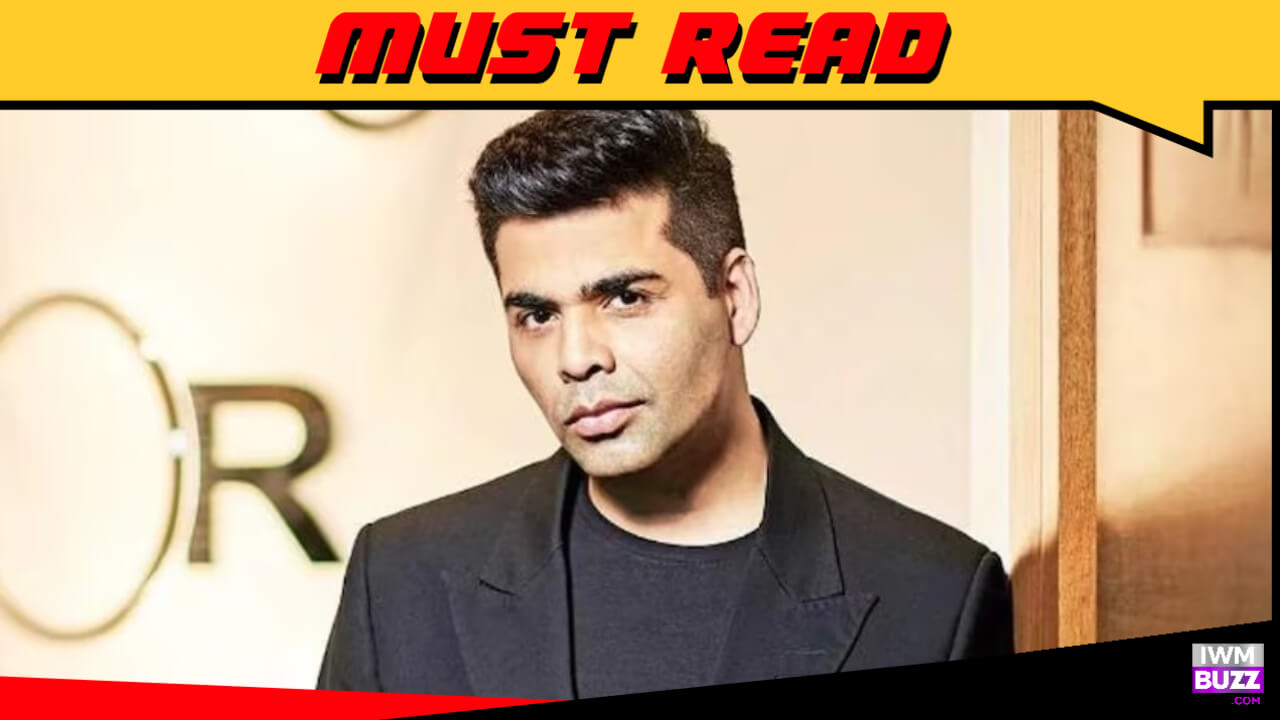One may call him the ‘Movie Mafia’, flag bearer of ‘nepotism’ and give him every other villainizing address.
Love him or loathe him, one cannot deny that he has been a harbinger of change when it comes to discussing (a dignifying one) gender sensitivity, gender sensitization, and LGBTQIA+ in Indian cinema!
Karan Johar, it is!
When the aforementioned terms were almost an ‘alien’ in the spectrum of Indian cinema, Karan Johar, with his keen and, dare I say, queer lens, was already blazing a trail.
Take, for instance, “Kuch Kuch Hota Hai.”
It is within the portrayal of Anjali that a veritable revolution in cinematic narrative took root, for she, as a ‘tomboy,’ defied the very bedrock of traditional gender paradigms. Her character, like a tempest, swept aside the constraining veils of societal expectations, standing resolute and unapologetic in her authentic self.
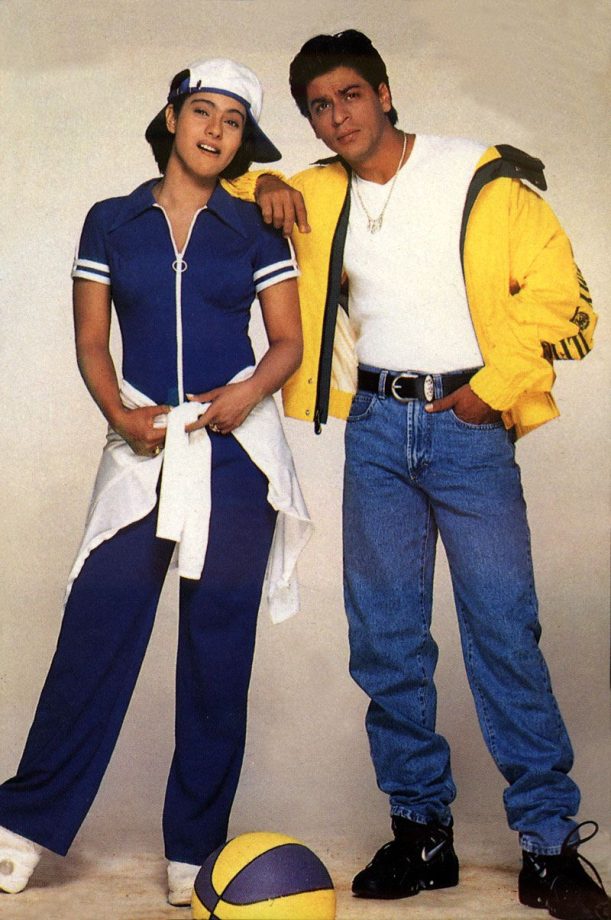
Johar, the auteur, beckoned viewers to question and assail the hoary constructs of femininity and masculinity. Don’t you agree? This epochal choice paved the way for a more inclusive and enlightened discourse concerning gender representation in the hallowed precincts of Bollywood.
“Kabhi Khushi Kabhie Gham” continued Johar’s exploration of unconventional masculinity through Shah Rukh Khan’s character, Rahul. Rahul’s sensitive and tender-hearted disposition stood in stark contrast to the typical Bollywood macho hero.
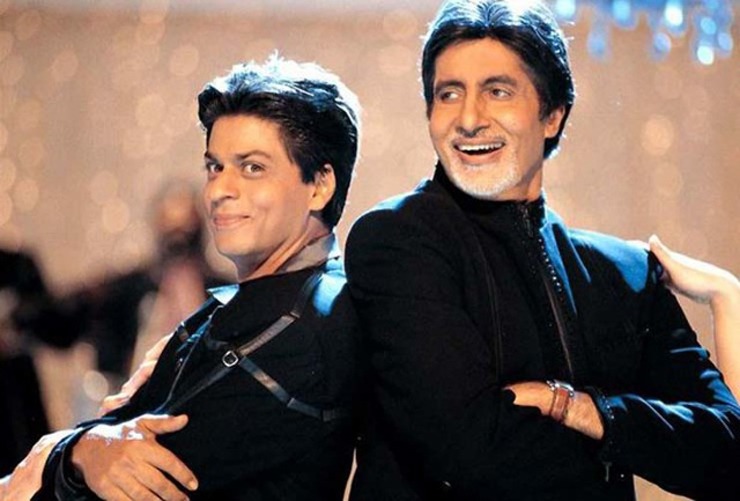
Through this character, Johar effectively conveyed that vulnerability and emotional depth are not exclusive to any gender, dismantling the stereotype of the stoic and unfeeling male protagonist.
“Kabhi Alvida Naa Kehna,” Karan Johar turned his lens toward the complexities of relationships and societal expectations. Preity Zinta’s character, an independent and headstrong woman, challenged traditional gender roles by pursuing her career and personal happiness rather than conforming to conventional norms of marriage. This portrayal underscored Johar’s commitment to depicting strong, empowered women on screen, urging viewers to embrace and celebrate women who chart their own paths.
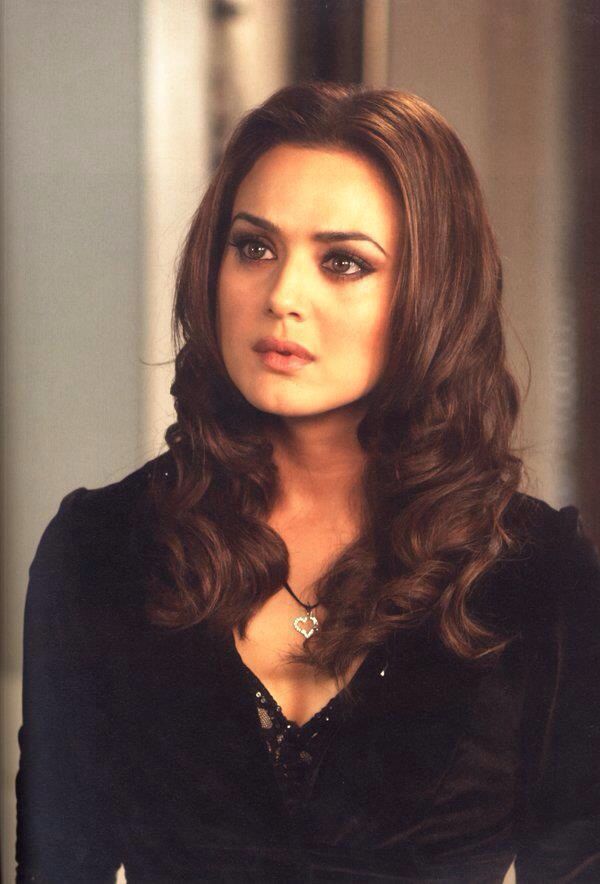
“Kal Ho Naa Ho” ventured into the dynamics of male friendship, as seen through Shah Rukh Khan and Saif Ali Khan’s characters. The film tackled the perception of male camaraderie in a conservative society, highlighting how societal judgments can strain even the closest bonds. By broaching this sensitive topic, Johar prompted discussions about the impact of traditional gender expectations on personal relationships.
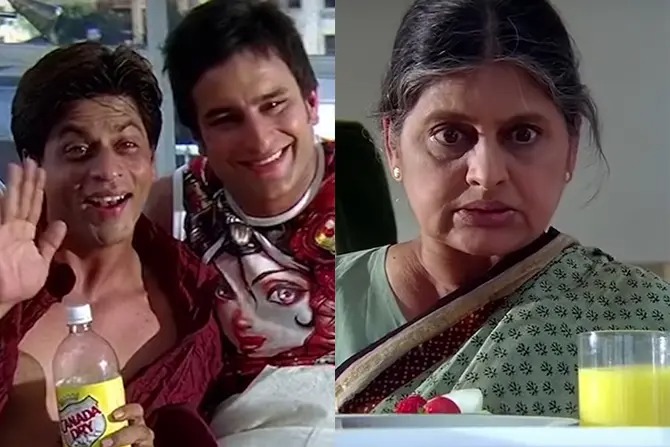
“Dostana” marked a significant turning point in Indian cinema. Johar’s bold portrayal of homosexuality challenged deep-rooted stereotypes and ignited conversations about LGBTQ+ issues in a country where such discussions were largely taboo. The film not only entertained but also pushed boundaries, ultimately contributing to a more inclusive and understanding society.
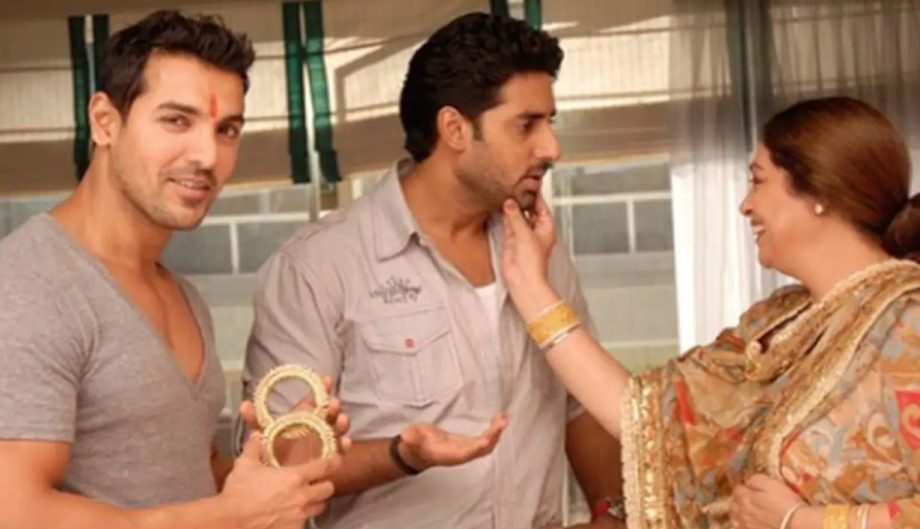
In the very contemporary one, “Rocky Aur Rani Ki Prem Kahani,” Karan Johar continued to challenge stereotypes. The poignant scene where Tota Roy Chowdhury’s character, a professional Kathak dancer, breaks down and professes his love for Kathak is a powerful moment. It exemplifies Johar’s commitment to showcasing diverse talents and passions, irrespective of gender norms. Beyond that, what strikes me is how Karan Johar got Ranveer Singh to perform Kathak, too; a Pan-Indian figure like Singh bearing the gender sensitivity flag high definitely summons figurative change in the trial.
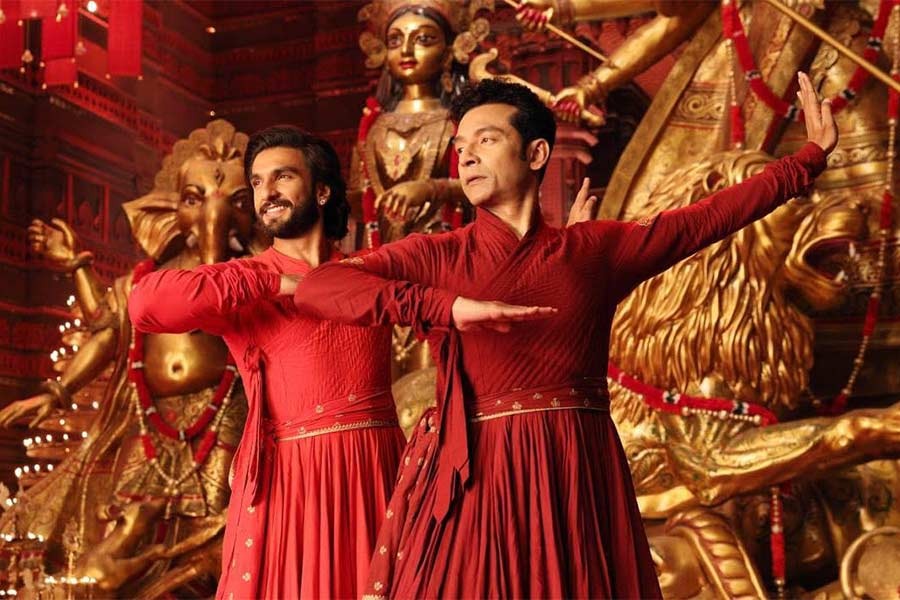
As we stand on the precipice of contemporary times, the legacy of Karan Johar’s cinematic journey reminds us that the issues of gender sensitivity, inclusivity, and breaking down stereotypes are not relics of the past but pressing imperatives for our future. In a world where evolving social norms and progressive ideals are redefining our understanding of gender, it is filmmakers like Johar who inspire us to continue addressing these matters with courage and compassion. The canvas of Indian cinema, like society itself, must adapt and reflect the changing times, embracing diversity and celebrating authenticity. The path illuminated by Johar’s visionary lens serves as a guiding light, beckoning us to ensure that gender sensitivity and queer inclusivity remain at the forefront of our collective consciousness in the contemporary era and beyond.

